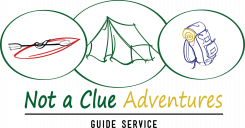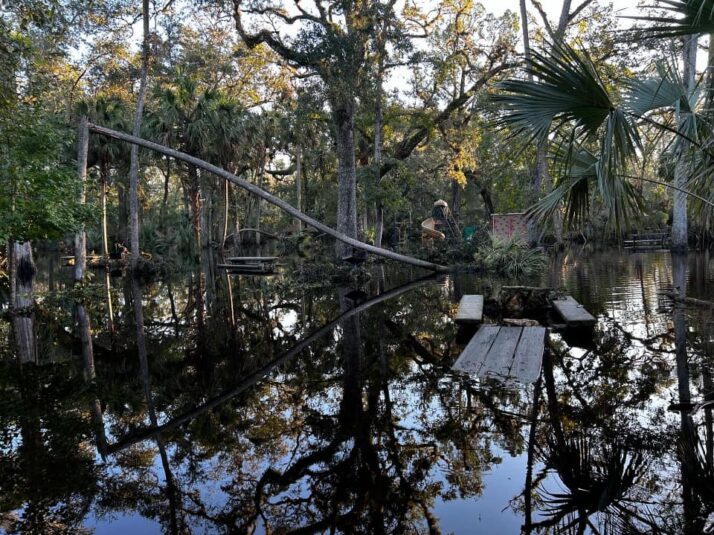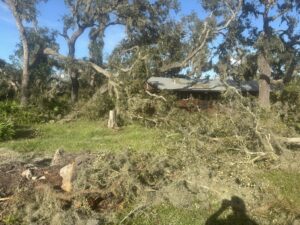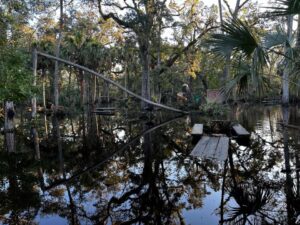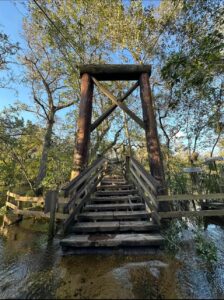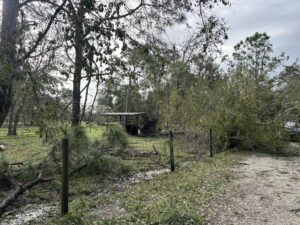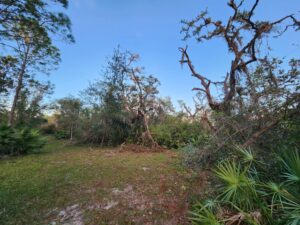Supporting Our Natural Lands and Parks After Hurricanes: A Focus on Post-Hurricane Milton in West Central Florida
Hurricanes are a constant threat to Florida's natural landscapes, with their immense power often causing widespread destruction. In the wake of Hurricane Milton, which recently swept through West Central Florida, our natural lands and parks are left vulnerable, facing a range of challenges from flooding, erosion, and debris buildup. Preserving these areas is not only crucial for the state's biodiversity but also for the people who depend on them for recreation, tourism, and ecological balance. Now more than ever, we need to focus on strategies to support and restore these vital ecosystems.
The Impact of Hurricane Milton on Natural Lands
Hurricane Milton, like many other storms, has had a profound effect on the natural areas of West Central Florida. Flooding has inundated coastal regions and inland parks, leaving trails submerged, trees uprooted, and wildlife displaced. Soil erosion, a common consequence of heavy rain and strong winds, has stripped away the vegetation and destabilized habitats that once provided shelter for various species. Mangrove forests, wetlands, and estuaries that serve as protective buffers against future storms are now compromised, leaving these regions even more exposed to future environmental threats.
Flooding and Erosion: Restoring Balance
Flooding is one of the most immediate and long-lasting challenges facing parks and natural reserves after a hurricane. The excess water not only damages infrastructure, such as boardwalks and visitor centers, but it also disrupts the delicate balance of freshwater and saltwater ecosystems. Wetlands, often referred to as the “kidneys of the environment,” are flooded with contaminated water, which hampers their ability to filter pollutants and support wildlife.
To combat the effects of flooding, park authorities, environmental organizations, and volunteers can engage in cleanup efforts to remove debris and promote natural drainage. Restoring mangroves and wetlands is another critical step, as these ecosystems act as natural barriers, absorbing floodwaters and reducing the impact of future storms. Ensuring that these areas can regenerate is essential to protect against further damage and to sustain the biodiversity that relies on these habitats.
Rebuilding Trails and Infrastructure After Hurricanes
West Central Florida's parks are a popular destination for nature lovers, hikers, and wildlife enthusiasts. However, hurricanes often leave these areas unsafe for public use. Fallen trees, washed-out trails, and damaged facilities hinder access, affecting both the local community and the tourism economy. Post-hurricane efforts must focus on rebuilding the infrastructure that makes these natural areas accessible to the public.
Rebuilding projects should prioritize sustainable materials and designs that can better withstand future storms. Boardwalks, bridges, and trails should be constructed in ways that allow for easier repair and maintenance after a storm. Additionally, public and private partnerships can play a role in funding these efforts, ensuring that our parks are restored quickly and safely.
Click to watch FB Video of Circle B after Hurricane Milton
Protecting Wildlife and Habitat Restoration
Wildlife is often the silent victim of hurricanes. Many species are displaced as their habitats are destroyed, leaving them vulnerable to predation, starvation, and competition for resources. In the aftermath of Hurricane Milton, it's crucial to monitor animal populations and assist in habitat restoration where needed. This may involve replanting native vegetation, restoring nesting sites, or creating new sanctuaries for displaced animals.
Part of habitat restoration should also focus on preventing the spread of invasive species, which can take advantage of the disrupted environment. Volunteers and conservationists can work together to remove non-native plants and animals that may threaten the recovery of native species.
Community Involvement: A Key to Success
The preservation of Florida’s natural lands and parks is a community effort. Volunteers, local organizations, and government agencies must work together to clean up the damage and restore these areas. Cleanup drives, reforestation projects, and educational campaigns can help raise awareness and encourage public participation. Donations to conservation groups and local parks can also provide much-needed funds for restoration and maintenance.
West Central Florida’s natural parks are more than just scenic spots—they are a critical part of the state's ecosystem and economy. By supporting efforts to restore and protect these areas after Hurricane Milton, we can ensure that they continue to thrive for generations to come.
Looking to the Future
The aftermath of Hurricane Milton serves as a reminder of the ongoing need for resilience planning. Investing in long-term sustainability measures, such as building stronger park infrastructure, restoring natural defenses like wetlands, and supporting conservation efforts, can help reduce the impact of future storms. As climate change intensifies the frequency and severity of these events, we must remain committed to preserving Florida’s natural beauty and ecological health.
In conclusion, supporting our natural lands and parks after hurricanes like Milton requires a multifaceted approach. From habitat restoration to infrastructure rebuilding, and community involvement to wildlife protection, we must all do our part to ensure these ecosystems recover and thrive. Volunteer if you are able, many hands make light work! Be kind to those working through these difficult times and don’t forget to donate to the non-profits that do such good work in the beautiful state of Florida!
